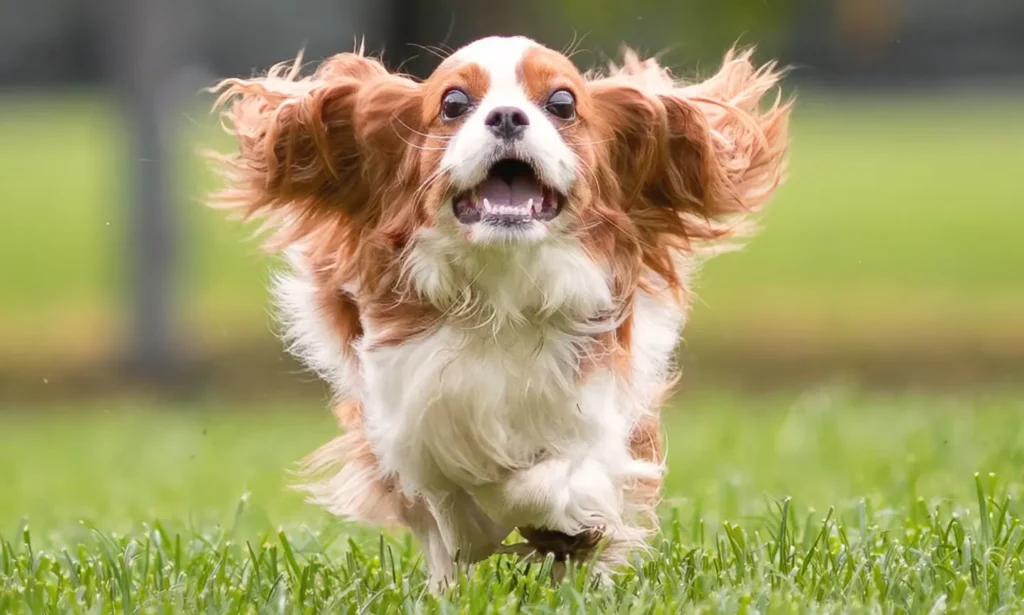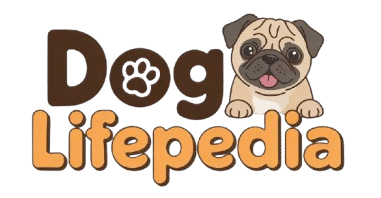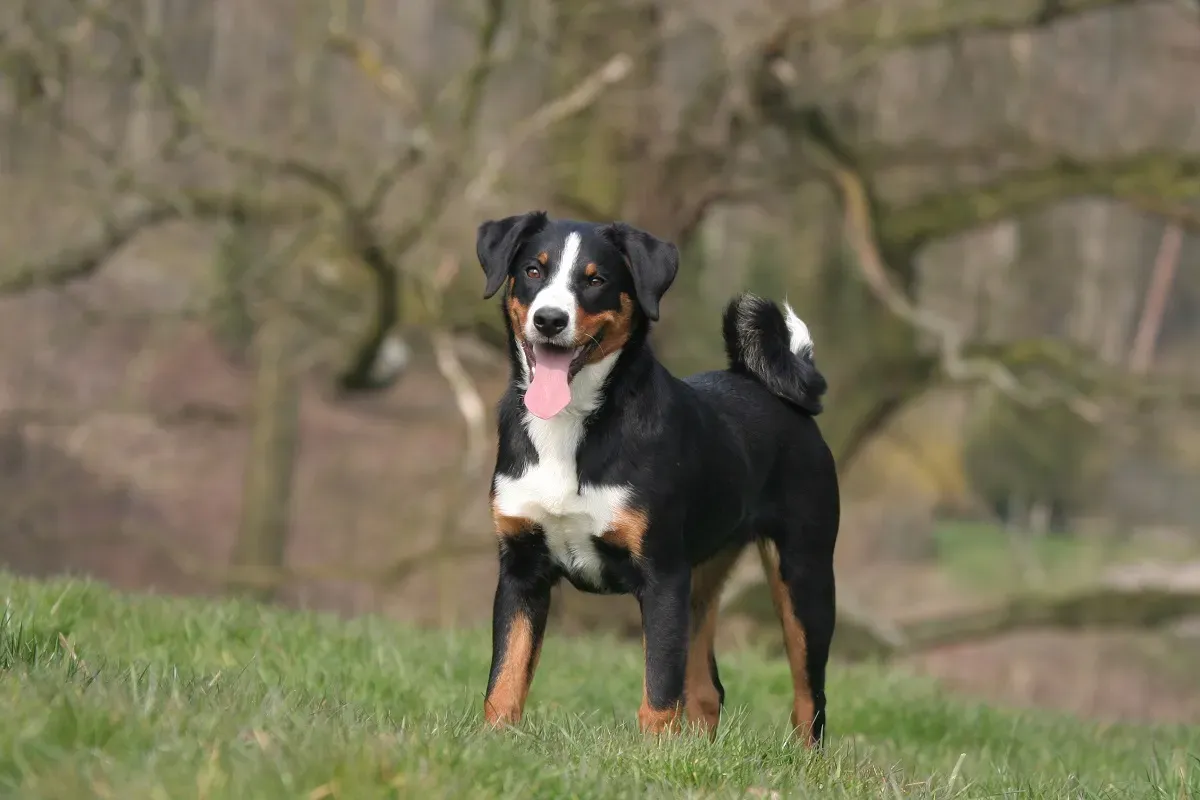
Cavalier King Charles Spaniel
Heena
May 18, 2025

The Cavalier King Charles Spaniel is a small, graceful, and affectionate breed that wins hearts everywhere it goes. Originally bred as a lapdog for British royalty, today this charming spaniel is just as happy cuddled on a sofa in a suburban US home as it once was in the drawing rooms of aristocrats. With expressive eyes, silky ears, and a tail that never stops wagging, the Cavalier is one of the most loving companion dogs you can find.
Whether you live in the UK or USA, the Cavalier King Charles Spaniel brings elegance, warmth, and companionship to any household.
Breed Overview
- Breed Name: Cavalier King Charles Spaniel
- Group: Toy (AKC & UK Kennel Club)
- Origin: United Kingdom
- Height: 12–13 inches (30–33 cm)
- Weight: 13–18 lbs (6–8 kg)
- Life Expectancy: 12–15 years
Breed Colors & Markings
Cavaliers have a beautiful, silky coat that comes in four recognized color combinations:
- Blenheim: Chestnut and white
- Tricolor: Black, white, and tan
- Ruby: Solid rich red
- Black and Tan: Black with tan markings above the eyes, chest, and legs
These soft, feathered coats require regular maintenance but are a major part of the breed’s elegant appearance.
Temperament & Personality
This breed is the definition of a companion dog:
- Affectionate and loving: Known for following their humans everywhere
- Sociable: Get along well with children, cats, and other dogs
- Gentle and calm: Perfect for elderly owners or quiet households
- Playful and adaptable: Enjoy walks, games, and lounging on laps in equal measure
They thrive on human interaction and may suffer from separation anxiety if left alone too long.
Communication & Intelligence
Cavaliers express themselves through:
- Soft vocalisations: Not overly barky, but alert
- Body language: Tail-wagging, nuzzling, and soulful eyes
- Responsive intelligence: They learn quickly and aim to please
They are emotionally in tune with their owners, often sensing moods and responding with affection.
Health & Lifespan
While generally healthy, Cavaliers are prone to certain genetic conditions:
- Mitral Valve Disease (MVD): A common heart condition in the breed
- Syringomyelia (SM): A neurological condition affecting the brain and spine
- Hip dysplasia
- Eye disorders: Including cataracts and retinal problems
- Ear infections: Due to long, floppy ears
Responsible breeders conduct health screenings to reduce risks. Regular vet visits and monitoring are essential. With good care, most Cavaliers live 12–15 years.
Grooming Needs
Their medium-length, feathered coat requires routine grooming:
- Brushing: 3–4 times a week to prevent tangles
- Bathing: Every 4–6 weeks or as needed
- Ears: Check and clean weekly to prevent infections
- Nails: Trim every 2–3 weeks
- Teeth: Brush several times per week
Regular grooming also strengthens the bond between owner and dog.
Exercise Requirements
Although Cavaliers are a toy breed, they are surprisingly active:
- Walks: At least 30 minutes daily
- Playtime: Indoors or outdoors (fetch, tug-of-war)
- Off-lead play: In a secure garden or park
- Mental stimulation: Puzzle toys and short training sessions
They are flexible and happy with moderate activity, but they do love the opportunity to run.
Training & Socialisation
Cavaliers are intelligent, eager to please, and food-motivated, making training relatively easy:
- Start early: Socialisation and obedience from puppyhood
- Use positive reinforcement: Praise, treats, and gentle commands
- Avoid harsh discipline: They are sensitive and can become anxious
- Group classes: Excellent for manners and social confidence
They also perform well in therapy work, obedience competitions, and even agility sports.
Nutrition & Diet
Proper diet is essential for their health:
- High-quality dog food: Balanced for small breeds
- Portions: Follow vet or package recommendations; they can gain weight easily
- Feeding schedule: 2 meals per day
- Watch treats: Use sparingly during training
- Fresh water: Always available
Obesity is a concern, especially as they age, so regular monitoring is key.
What to Expect as an Owner
Owning a Cavalier King Charles Spaniel means:
- Unconditional love and devotion
- Low to moderate exercise needs
- Routine grooming responsibilities
- A dog that gets along with nearly everyone
- An ideal choice for first-time or elderly dog owners
Whether you live in a small flat in London or a home in the American suburbs, Cavaliers adapt beautifully to their surroundings—as long as they have your love and attention.
Is the Cavalier Right for You?
If you’re seeking a dog that’s gentle, affectionate, elegant, and easy to care for, the Cavalier King Charles Spaniel may be your perfect match. They’re wonderful with families, retirees, singles, or anyone who wants a devoted and loving companion.
They’re not ideal for people who are away for long hours or seek a guard dog—they’re more likely to wag at strangers than warn you!
Final Thoughts
The Cavalier King Charles Spaniel is a dog with royal roots and a heart full of love. Graceful, charming, and endlessly affectionate, they fit beautifully into nearly any lifestyle. With a bit of grooming, daily affection, and proper health care, your Cavalier will be a loyal lapdog and joyful companion for many years.

